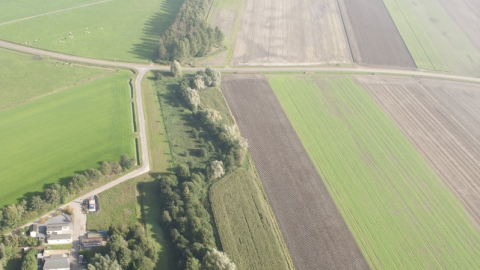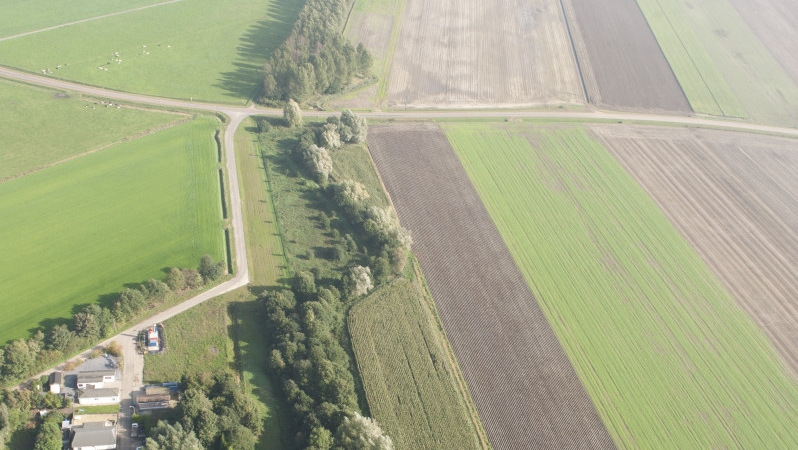In order to defend itself against the Spaniards, in 1584 the town of Antwerp had the Land of Hulst flooded, among other things. The water reached several kilometres from Hulst. In order to prevent a States invasion army being able to disembark so close to Hulst, in 1586 the Spaniards built Fort Zandberg. The fort lay at the end of a ridge which ran from Hulst to the water. Between Fort Zandberg and the town, Fort de Grote Rape was constructed. In 1591, Hulst fell into the hands of the States which built a new fort between the town and De Grote Rape: the Moerschans. Both forts were part of a line dyke with covered road between Hulst and Fort Zandberg. In 1596, Hulst and the line again fell into Spanish hands. It was only in 1645 that Hulst was recaptured by the States. Prince Frederik Hendrik had the line further strengthened. Between the town and the Moerschans, two bulwarks were built into the line dyke. In around 1700, the famous military engineer Menno van Coehoorn had the line dyke between the Moerschans and Fort Zandberg reinforced with seven redans. The Moerschans was given its ultimate form with bastions at each of the four corners. Furthermore, to the south of De Grote Rape, two more fortifications were built: the Grote and the Kleine Kijkuit. Here, the line dyke could be approached via the new dyke of the newly reclaimed Kleine Kieldrechtpolder. On De Rape itself and Fort Zandberg, improvements were carried out.
During the War of the Spanish Succession, in 1702 the French were held near the Kleine Kijkuit. In 1747, during the War of the Austrian Succession, however, they managed to break through, after which Hulst could be taken.
In the Batavian-French Period, the Line was no longer used. When Hulst ceased to be a fortification in 1816, the line was abandoned. During the Belgian Revolt, the forts were again occupied by Dutch troops. Despite the fact that parts of the line dyke and the associated forts have been excavated, the line has survived quite well. You can walk along the line all the way from Hulst to Fort Zandberg.


